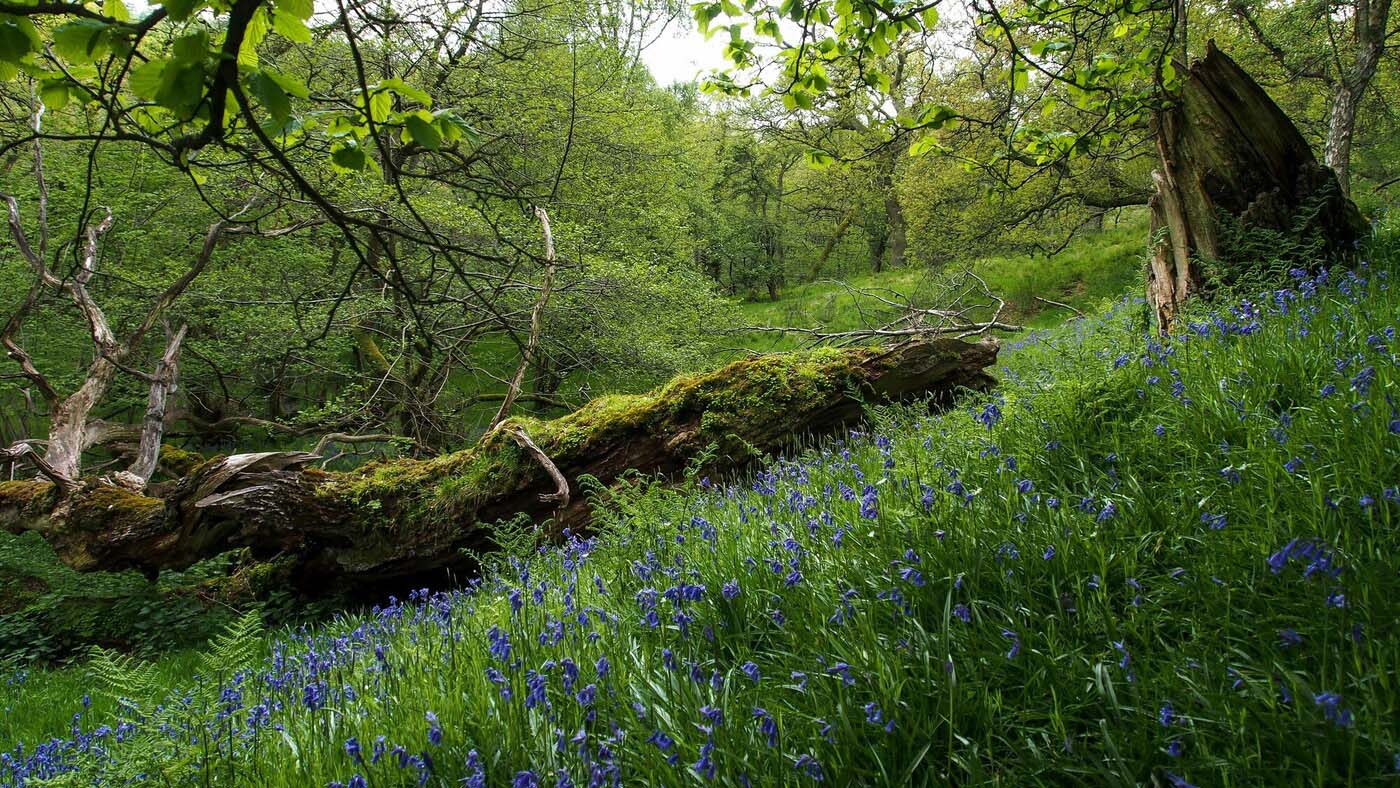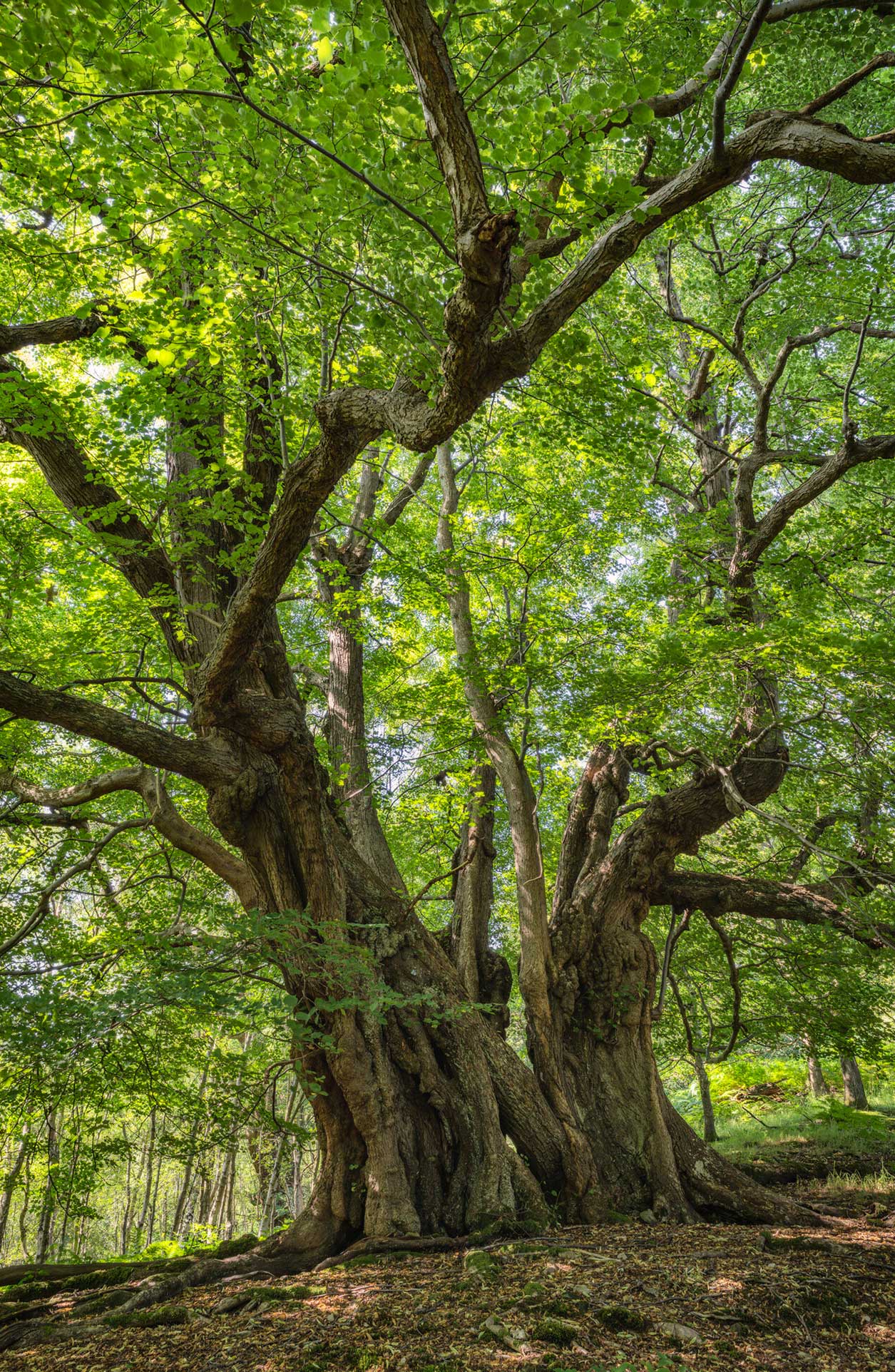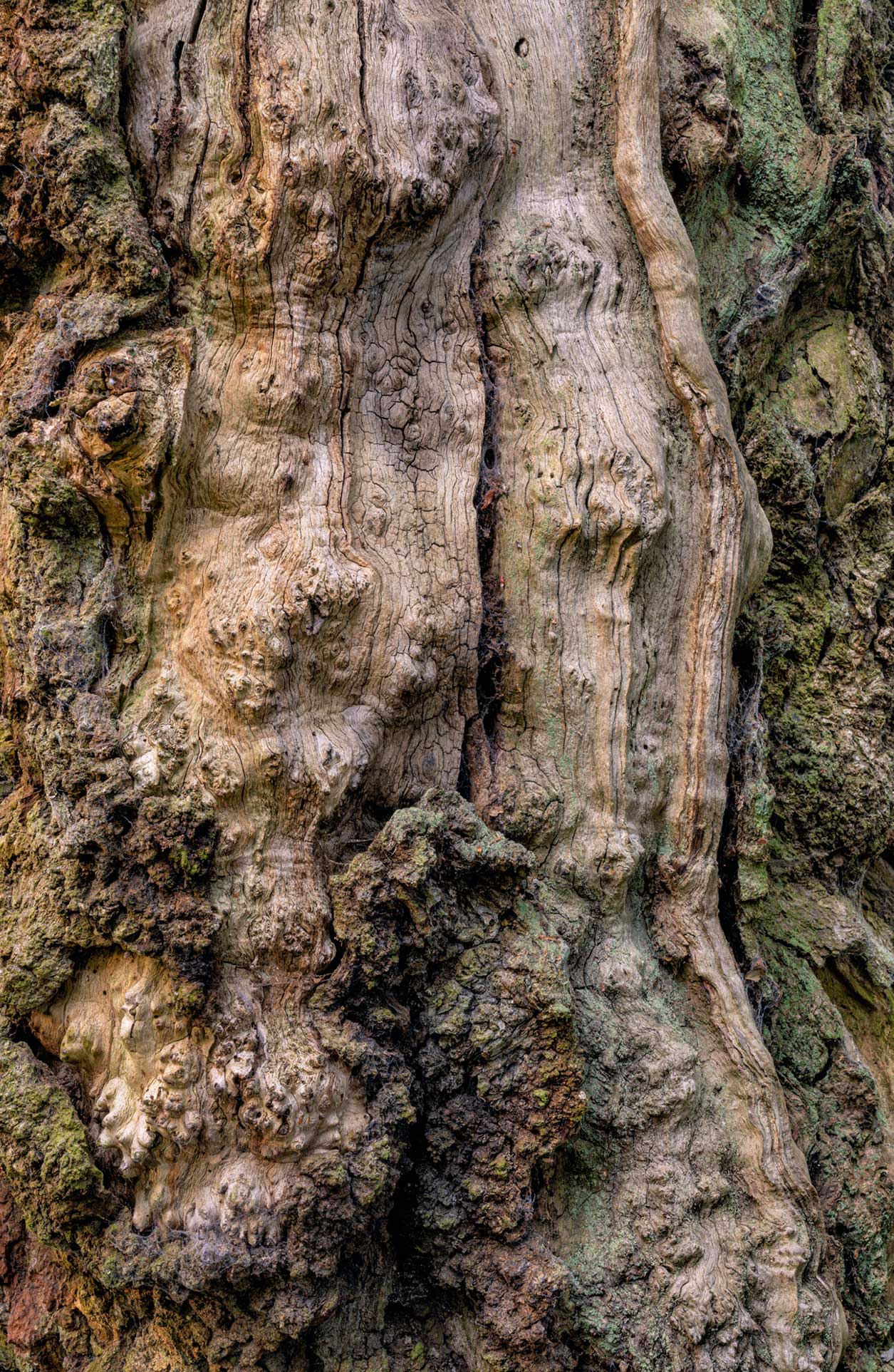Ancient woodlands are those that have been in existence for at least 400 years and some may be the surviving relics of the natural prehistoric forest that once covered the area – a span of some 8,000 years.
Even those woods which are just hundreds of years old have survived from a time when the landscape was far less intensively managed. Many plants – herb-paris or yellow archangel, for example – are rarely found outside ancient woods because they cannot spread across ‘hostile’ ground such as modern-day farmland.
Ancient woods therefore have a special value, because they may be as near to natural as woodland can be in this country. Ancient woods may also be one of the few places in today’s countryside where soils remain undisturbed by man.

However, this does not mean that these woods are entirely natural. It is likely that all woodland has been managed in some way in the past, and even ancient woods are a living record of centuries of interaction between men and trees. Valuable timber and a huge range of products from the underwood, or coppice, provided our ancestors with a reason to keep these areas wooded. Others may have survived by chance, on ground that was not worth clearing for agriculture. Most are now valued landscape features in the National Park.
About half of our ancient woods are made up of trees which are native to the site – the so called ‘ancient semi-natural woodlands’. These have usually regenerated by regrowth from cut stumps after coppicing, or by the natural regeneration of native trees on the site. They are often considered to be the most valuable for biodiversity.
Other woods may have been felled and replanted with more productive timber trees from abroad, and this has had a major impact on the ecology of the woods. However, policies have changed and the emphasis is now on restoring the original native woodland interest wherever possible.


Ancient and veteran trees
Ten thousand oaks of 100 years old are not a substitute for one 500-year-old oak.
Ecologist, Oliver Rackham
In much of mainland Europe, you would be hard pushed to find a tree more than 200 years old, but in Britain we are fortunate to have many of Europe’s surviving ancient trees. Some might be as much as a thousand years old.
Ancient trees are defined as those of a great age for the species. For a silver birch this would be at least 100 years but for an oak we’re talking 400 years, if not more – way beyond normal maturity.
They typically have a large girth and, with great age, these beautiful old trees become ecosystems in their own right. Rare fungi feed on the dead wood and can help the tree by recycling nutrients back to it. Lichens and mosses grow on them, and bats use them for summer roosting and breeding sites. The trees are also a rich source of insect food and nesting sites for birds. Some species, such as the lesser spotted woodpecker, pied flycatcher and redstart, live predominantly in habitats with many old trees and decaying wood.
A veteran tree on the other hand may not be quite as old as an ancient tree, but is usually just as interesting. Crevices or holes in the bark and trunk, dead wood in the canopy and high numbers of interdependent wildlife species are some of the features that lead to a tree being called veteran.
You'll find ancient and veteran trees dotted all over the North York Moors. The southwest corner of the National Park in particular is a great place to see them – over half of the parkland at Duncombe Park became a National Nature Reserve in 1994 to protect the wildlife associated with the old trees there.
For more information, download our useful guide to ancient and veteran trees (pdf).
